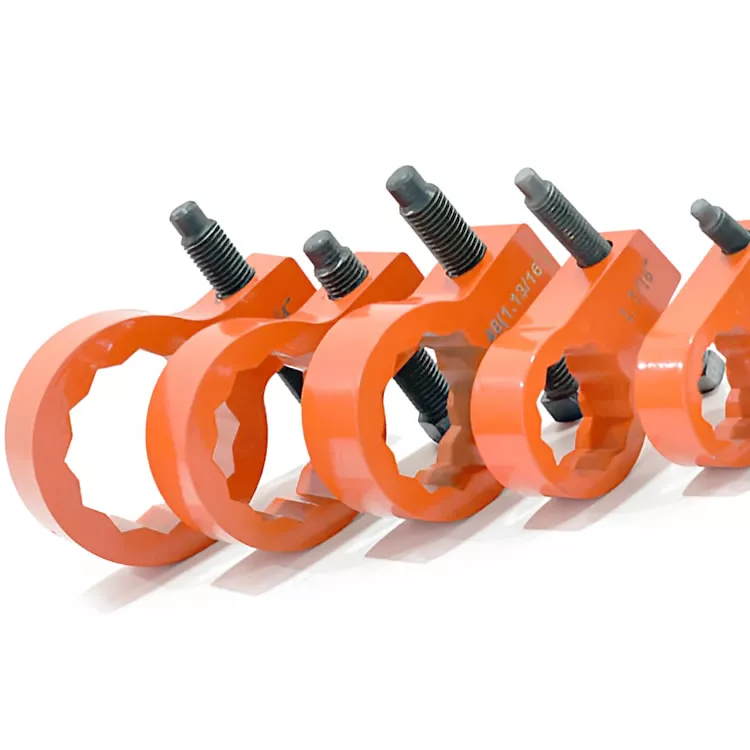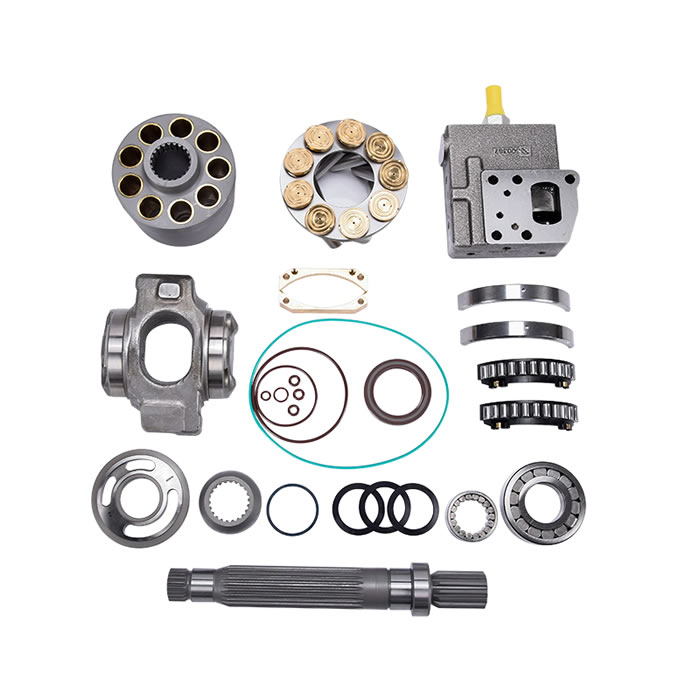Tackling Oil Trapping and Imbalance in Gear Pumps
As a core component of Hydraulic Systems, gear pumps are widely used in various industrial applications. However, during the operation of gear pumps, issues such as oil trapping and radial imbalance forces often affect their efficiency and service life. If left unaddressed, oil trapping can cause the oil temperature to rise, increase noise, and lead to cavitation. On the other hand, radial imbalance forces can exacerbate component wear, shortening the pump's lifespan. Therefore, implementing effective optimization designs to address these issues is key to ensuring the stable operation of gear pumps.
To optimize the performance of gear pumps, the following improvements can be made to mitigate oil trapping and radial imbalance forces:
Optimization of Oil Trapping
During gear pump operation, oil trapping leads to instantaneous high pressure as the trapped oil is compressed, causing changes in sealed volume that result in cavitation, overheating, and additional impact loads on parts. To reduce the negative effects of oil trapping, the following optimization measures should be taken:
Relief Groove Design: A well-designed relief groove should be added to the side covers of the gear pump. When the sealed volume decreases, the right relief groove should communicate with the discharge chamber, and when the sealed volume increases, the left relief groove should connect to the suction chamber. The spacing between the two relief grooves must be precisely designed to prevent any connection between the suction and discharge chambers, thus avoiding oil trapping.
Pressure Balance Channels: By introducing special pressure relief channels in the trapped oil area, the trapped oil can release pressure promptly, reducing oil temperature and impact loads. This also helps minimize cavitation and noise, thereby improving system stability and extending the pump's lifespan.

Optimization of Radial Imbalance Forces
Radial imbalance forces arise in gear pumps due to uneven pressure distribution of the oil, which can lead to shaft bending, gear wear, and accelerated bearing damage. To effectively reduce the impact of radial imbalance forces, the following optimization measures can be adopted:
Narrowing the Discharge Port: By reducing the range of the discharge port, the high-pressure chamber’s effect is limited to one or two gear teeth, which reduces the radial imbalance force acting on the gears and shaft. This, in turn, lowers the pressure of the gear tip on the stator.
Increasing Radial Clearance: Increasing the radial clearance between the gear teeth and the inner surface of the stator prevents direct metal contact, reducing wear and extending the pump's service life.
Using Needle or Roller Bearings: To enhance bearing load capacity and reduce wear, it is recommended to use needle or roller bearings instead of conventional plain bearings, which can better handle radial imbalance forces.
Conclusion
By optimizing oil trapping and radial imbalance forces, significant improvements can be achieved in reducing gear pump noise, vibration, and cavitation. These enhancements not only improve volumetric efficiency and service life but also contribute to the overall stability of the hydraulic system, extending the lifespan of the equipment.









